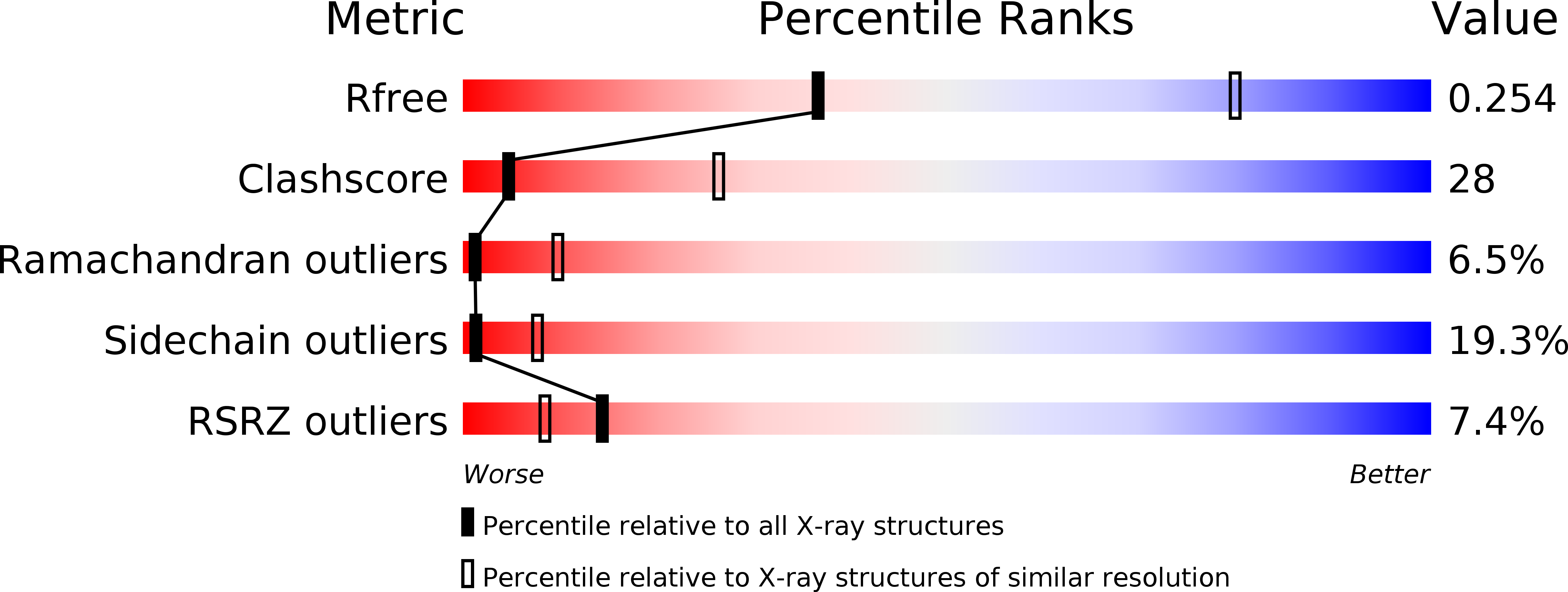
Deposition Date
2006-07-31
Release Date
2006-10-23
Last Version Date
2024-11-06
Entry Detail
PDB ID:
2J04
Keywords:
Title:
The tau60-tau91 subcomplex of yeast transcription factor IIIC
Biological Source:
Source Organism:
SACCHAROMYCES CEREVISIAE (Taxon ID: 4932)
Host Organism:
Method Details:
Experimental Method:
Resolution:
3.20 Å
R-Value Free:
0.25
R-Value Work:
0.21
R-Value Observed:
0.21
Space Group:
P 1 21 1


